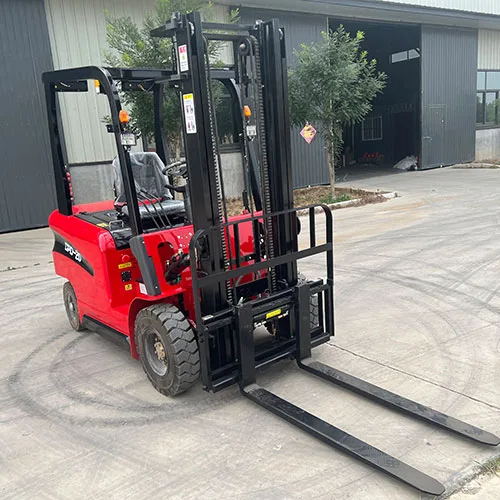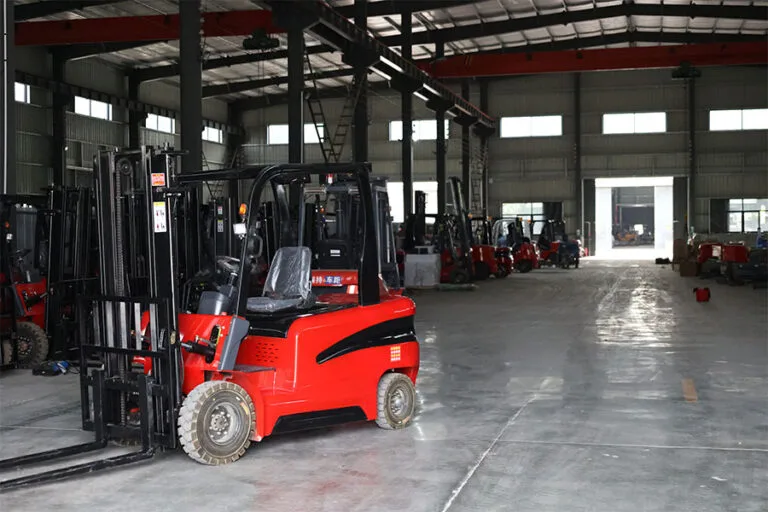Welcome to My Blog!
Before we dive into the content, I’d love for you to join me on my social media platforms where I share more insights, engage with the community, and post updates. Here’s how you can connect with me:
Facebook:https://www.facebook.com/people/Shandong-Huaying-International-Trade-CoLtd/61569380364327/
Now, let’s get started on our journey together. I hope you find the content here insightful, engaging, and valuable.
Table of Contents
Introduction
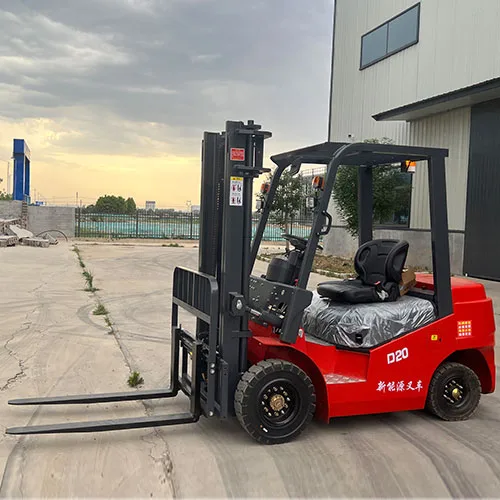
Sit down forklifts are a ubiquitous sight in warehouses, distribution centers, and various industrial settings. These powerful machines play a crucial role in material handling, enabling efficient movement of goods and materials. Unlike other types of forklifts, such as stand-up or walkie models, sit down forklifts provide operators with a comfortable and ergonomic seating position, making them ideal for long shifts and demanding tasks. This introduction will explore the key features and advantages of sit down forklifts, setting the stage for a deeper dive into their specific benefits. Sit down forklifts are specifically designed for tasks requiring extended operation times and heavier load capacities. Their design emphasizes operator comfort and efficiency, which translates directly to improved productivity and safety within material handling operations.
Key Features of Sit-Down Forklifts
Several features distinguish sit-down forklifts from other types:
- Operator Compartment: The most obvious feature is the operator compartment with a seat, steering wheel, and controls similar to a car. This design provides a more stable and comfortable operating experience.
- Mast and Forks: The mast is the vertical assembly that raises and lowers the forks. Forks are the prongs that engage with pallets or other loads. Sit-down forklifts are available with various mast configurations to accommodate different lifting heights.
- Counterweight: A counterweight is located at the rear of the forklift to balance the weight of the load being carried. This is crucial for stability and safe operation.
- Power Source: Sit-down forklifts can be powered by internal combustion engines (IC), typically using propane (LPG), diesel, or gasoline, or by electric motors powered by batteries. Each power source has its own advantages and disadvantages in terms of emissions, operating costs, and maintenance.
Enhanced Operator Comfort and Productivity with Sit-Down Forklifts
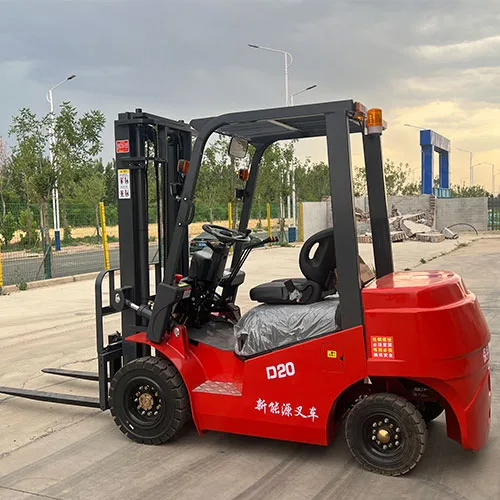
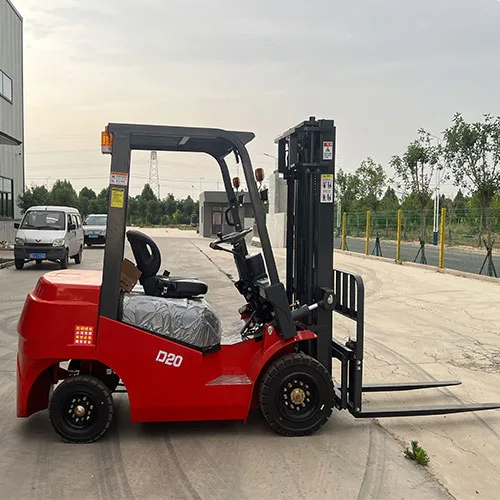
One of the most significant benefits of sit-down forklifts is the enhanced operator comfort they provide. This comfort translates directly into increased productivity and reduced operator fatigue.
Ergonomic Design and Reduced Fatigue for Sit-Down Forklift Operators
The ergonomic design of sit-down forklifts plays a critical role in minimizing operator fatigue. The comfortable seating position, intuitive controls, and ample legroom allow operators to work for extended periods without experiencing discomfort or strain. This is especially important in demanding work environments where operators may spend many hours operating the forklift. Reducing operator fatigue also leads to fewer errors and accidents, contributing to a safer work environment.
Improved Visibility and Control from a Sit-Down Forklift
Sit down forklifts typically offer excellent visibility, allowing operators to easily see their surroundings and the load being carried. This improved visibility is essential for safe maneuvering in tight spaces and for precise load placement. The intuitive controls and responsive steering further enhance operator control, making it easier to handle loads efficiently and safely.
Increased Load Capacity and Stability of Sit Down Forklifts
Sit down forklifts are generally designed to handle heavier loads than other types of forklifts. Their robust construction and counterweight system provide excellent stability, even when carrying heavy loads at significant heights.
Handling Heavier Loads with a Sit-Down Forklift
The higher load capacity of sit-down forklifts makes them ideal for applications involving large or heavy materials. This can significantly improve efficiency in industries such as manufacturing, warehousing, and construction. The ability to handle heavier loads also reduces the number of trips required to move materials, saving time and resources.
Superior Stability for Safe Operation of a Sit-Down Forklift
The counterweight system and wider wheelbase of sit-down forklifts contribute to their superior stability. This stability is crucial for safe operation, especially when lifting loads to high shelves or maneuvering on uneven surfaces. The increased stability also reduces the risk of tipping, protecting both the operator and the materials being handled.
Versatility and Adaptability of Sit Down Forklifts
Sit down forklifts are highly versatile machines that can be adapted to a wide range of applications and environments.
Indoor and Outdoor Applications of a Sit-Down Forklift
While often used indoors in warehouses and distribution centers, sit-down forklifts can also be used outdoors in construction sites, lumber yards, and other industrial settings. Different tire types and engine options can be selected to suit specific operating conditions, such as rough terrain or inclement weather. Electric sit down forklifts are particularly well-suited for indoor applications due to their zero emissions, while IC forklifts are often preferred for outdoor use due to their greater power and longer operating times.
Various Attachments for a Sit-Down Forklift
A wide range of attachments can be added to sit-down forklifts to further enhance their versatility. These attachments include:
- Clamps: For handling rolls of paper, fabric, or other cylindrical materials.
- Rotating Forks: For dumping or inverting loads.
- Push/Pull Attachments: For handling slip sheets instead of pallets.
- Side Shifters: For lateral movement of the forks, allowing for more precise load placement.
Operating Costs and Maintenance of a Sit Down Forklift
The operating costs and maintenance requirements of sit down forklifts can vary depending on the power source and usage patterns.
Fuel and Energy Consumption of a Sit-Down Forklift
IC forklifts consume fuel (propane, diesel, or gasoline), while electric forklifts consume electricity. Fuel costs can fluctuate significantly, while electricity costs are generally more stable. However, electric forklifts require battery charging, which can add to operating costs.
Maintenance Requirements for a Sit-Down Forklift
Regular maintenance is essential for ensuring the safe and efficient operation of sit-down forklifts. This includes:
- Regular Inspections: Checking fluid levels, tires, brakes, and other components.
- Preventive Maintenance: Performing scheduled maintenance tasks, such as oil changes and filter replacements.
- Repairs: Addressing any mechanical issues promptly.
Electric forklifts generally require less maintenance than IC forklifts due to fewer moving parts. However, battery maintenance is an important consideration for electric models.
Comparison of Sit Down Forklift Types
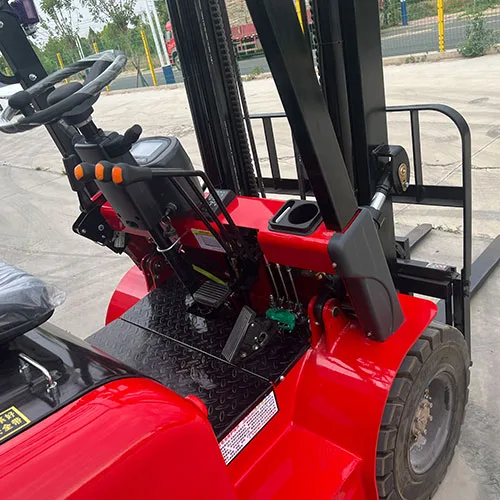
The following table provides a comparison of different types of sit down forklifts based on their power source:
| Feature | Electric Sit Down Forklift | IC (Internal Combustion) Sit Down Forklift (Propane) |
|---|---|---|
| Power Source | Battery | Propane |
| Emissions | Zero emissions | Produces emissions |
| Operating Costs | Lower operating costs (electricity vs. fuel), higher initial cost | Higher operating costs (fuel), lower initial cost |
| Maintenance | Lower maintenance (fewer moving parts), battery maintenance | Higher maintenance (more moving parts, engine maintenance) |
| Noise Level | Quieter operation | Louder operation |
| Indoor/Outdoor Use | Primarily indoor, suitable for some outdoor applications | Suitable for both indoor and outdoor applications |
| Refueling/Recharge | Requires recharging, longer downtime for charging | Quick refueling, minimal downtime |
Conclusion
Sit down forklifts are essential tools for material handling in a wide range of industries. Their enhanced operator comfort, increased load capacity, versatility, and adaptability make them a valuable asset for businesses of all sizes. While operating costs and maintenance requirements should be considered, the benefits of using sit down forklifts often outweigh the costs. By understanding the key features, benefits, and considerations discussed in this blog post, businesses can make informed decisions about whether sit down forklifts are the right solution for their material handling needs. Choosing the right sit down forklift, coupled with proper operator training and maintenance, can significantly improve efficiency, productivity, and safety in any work environment. They offer a unique blend of power, precision, and operator comfort, making them an indispensable part of modern logistics and material handling.
FAQ
What is the average lifespan of a sit down forklift?
The lifespan of a sit down forklift depends on several factors, including usage intensity, maintenance, and operating conditions. With proper maintenance, a sit down forklift can last for many years, often exceeding 10,000 operating hours.
What are the safety requirements for operating a sit down forklift?
Operating a sit down forklift requires proper training and certification. Operators must follow safety regulations, including wearing seatbelts, observing speed limits, and ensuring proper load handling. Regular inspections and maintenance are also crucial for safe operation.
What are the different types of sit down forklifts?
Sit down forklifts can be classified based on their power source (electric or IC) and other features such as tire type (cushion or pneumatic) and mast type. Each type is designed for specific applications and operating conditions.

